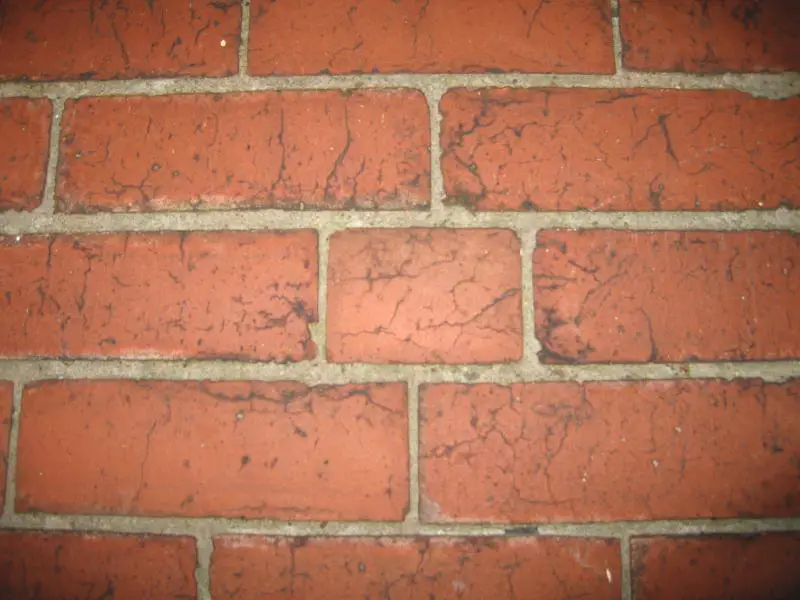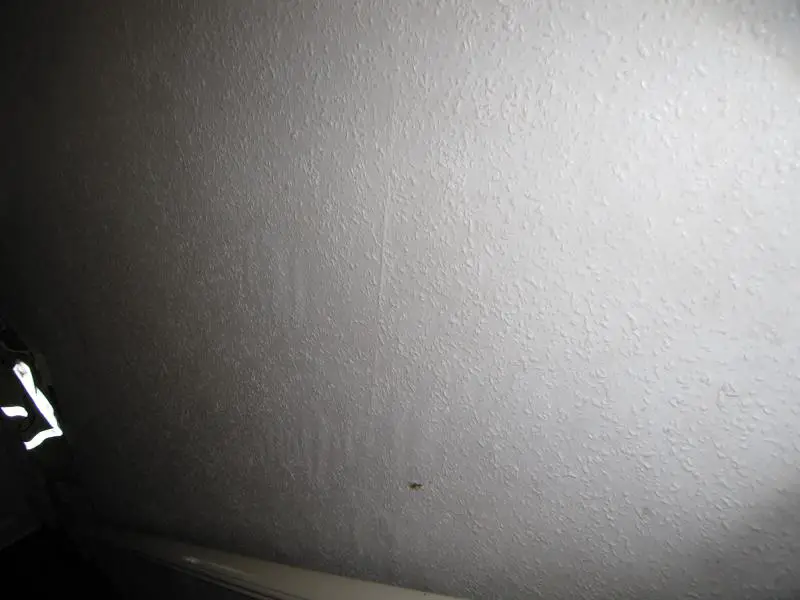Hi,
I live in an end terraced house. The exterior facing wall at the end of the house is showing some signs of penetrating time = cold to the touch, wrinkling wall paper etc. As the house had been empty for sometime when I moved in and subsequently the heating had been off, i suspected this may have been the culprit.
However, I have had the heating on for a couple of weeks. Last night I noticed that the despite the boiler having been on constant for most of the evening, the wall paper appeared cold/mildly damp to the touch.
On inspection the bricks appear to be ok. There are no large cracks, but the bricks, on the surface, appear to have very fine black cracks. I suspect the damp is therefore getting through this.
As the cracks are over a number of bricks, would it be possible to get some sort of silicone sealant for the bricks and put it over the majority, if not all, of the wall? Or is there some other solution?
Thanks in advance for any help you maybe able to offer.
J
I live in an end terraced house. The exterior facing wall at the end of the house is showing some signs of penetrating time = cold to the touch, wrinkling wall paper etc. As the house had been empty for sometime when I moved in and subsequently the heating had been off, i suspected this may have been the culprit.
However, I have had the heating on for a couple of weeks. Last night I noticed that the despite the boiler having been on constant for most of the evening, the wall paper appeared cold/mildly damp to the touch.
On inspection the bricks appear to be ok. There are no large cracks, but the bricks, on the surface, appear to have very fine black cracks. I suspect the damp is therefore getting through this.
As the cracks are over a number of bricks, would it be possible to get some sort of silicone sealant for the bricks and put it over the majority, if not all, of the wall? Or is there some other solution?
Thanks in advance for any help you maybe able to offer.
J



